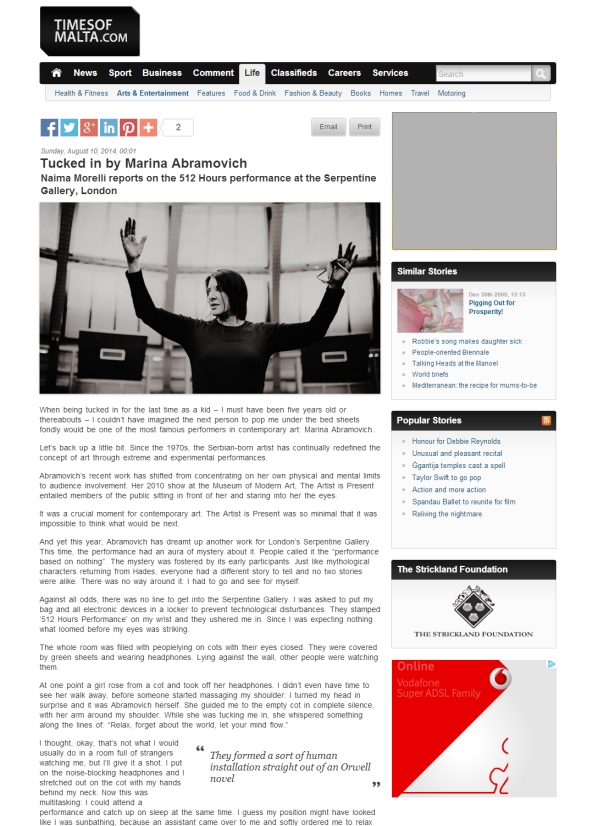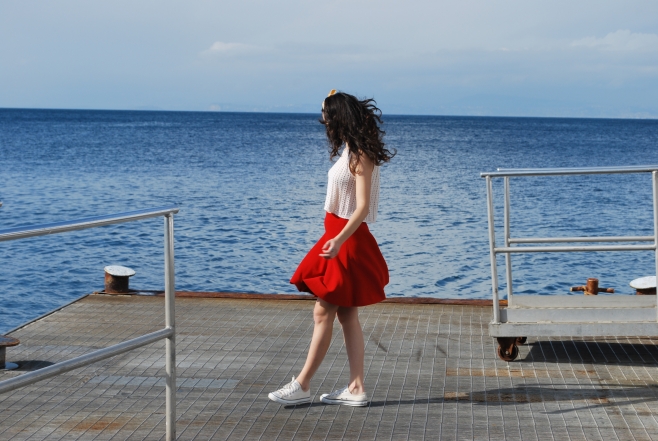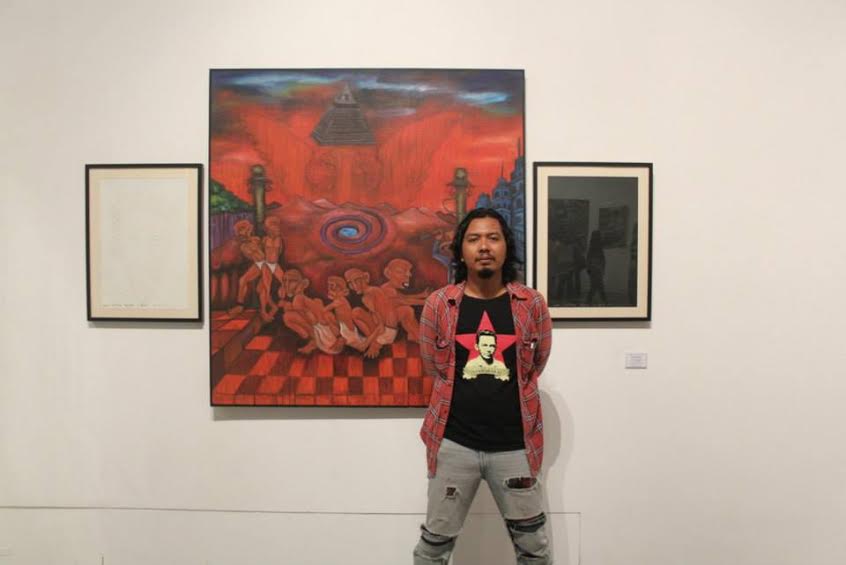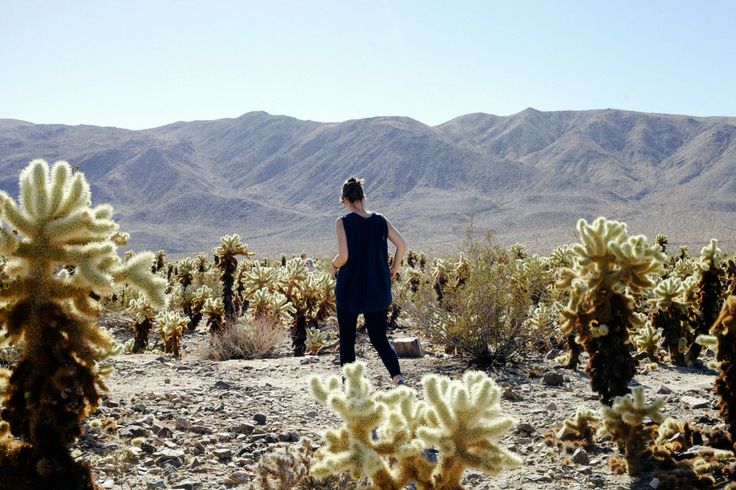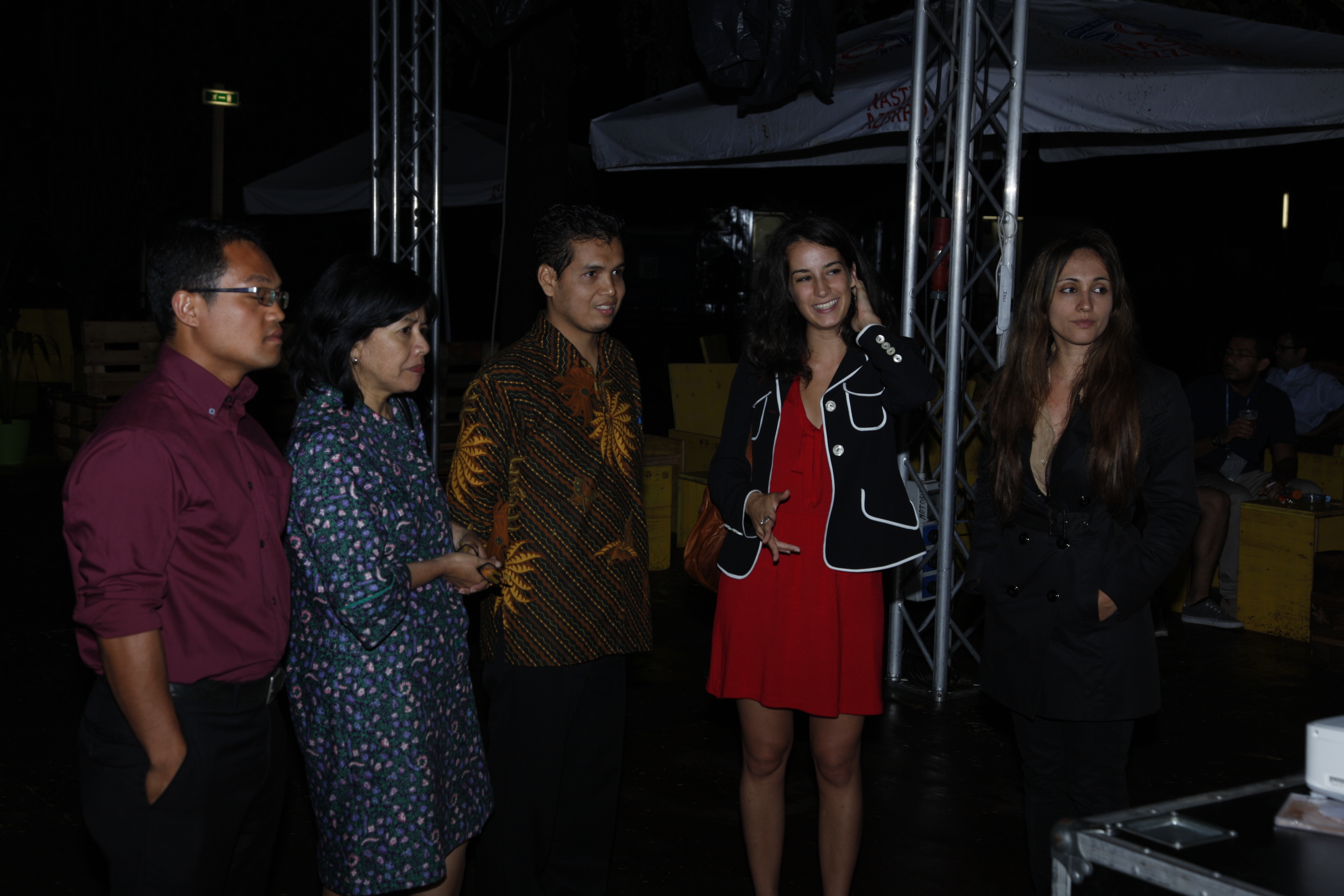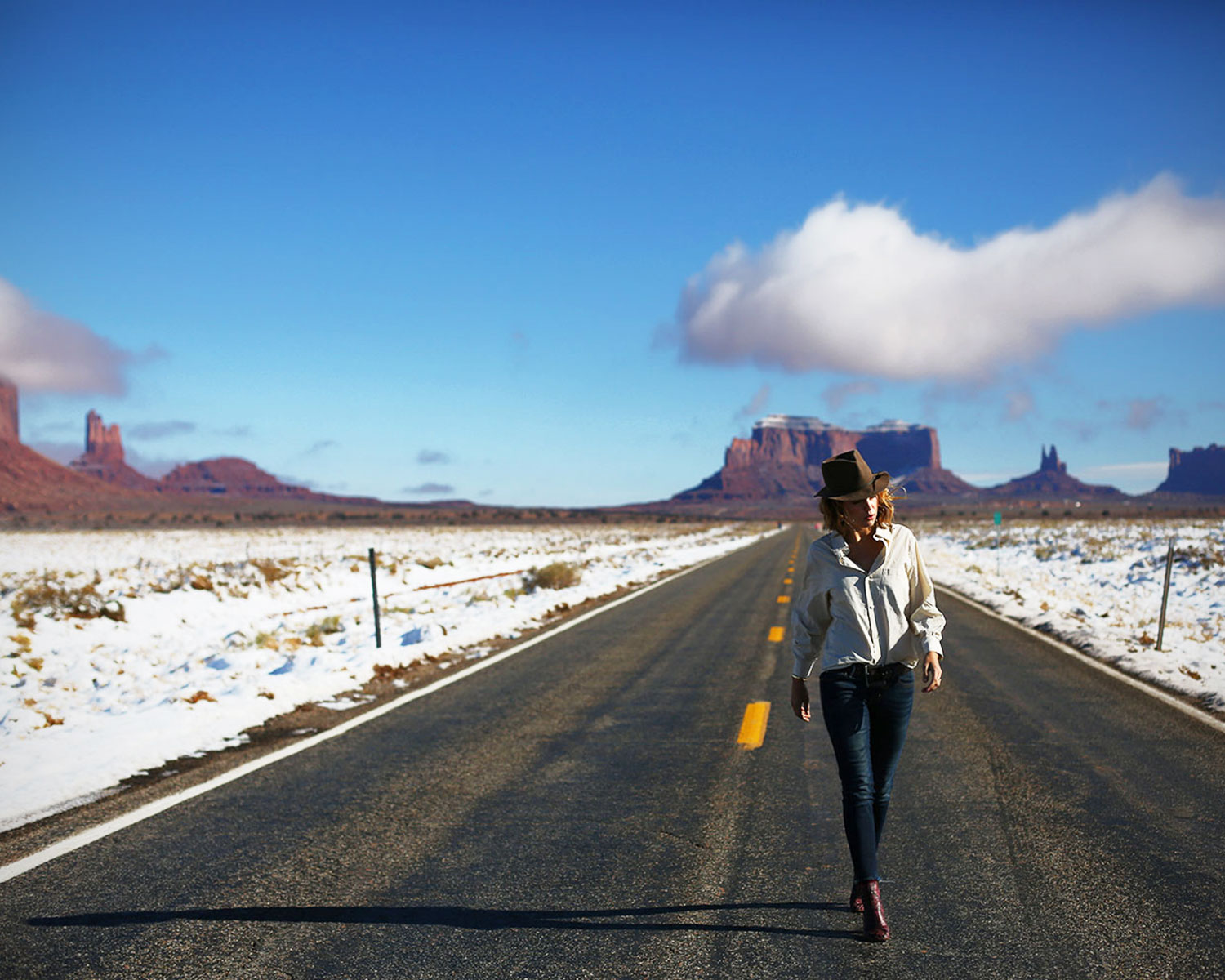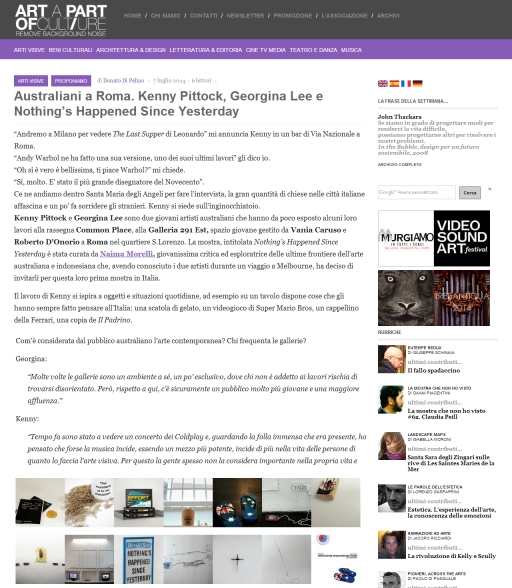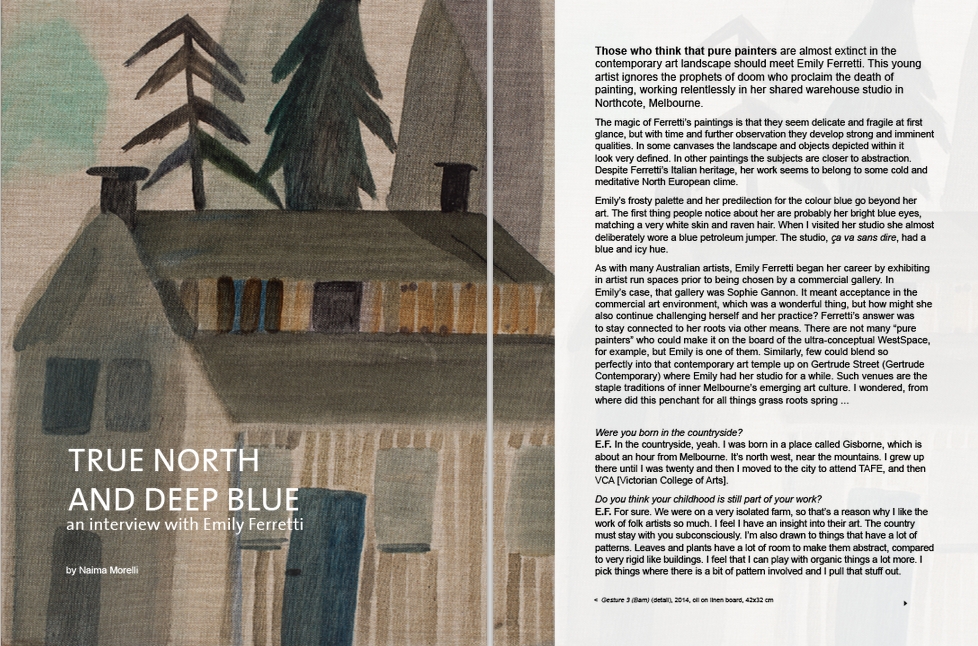
Muchlis Fachri is a young artist based in Jakarta, who is also part of the street artist’s crew called TAS – TAS and the artistic collective Aspaleho. We found each other on Facebook and I was amused by his cartoonish and ironically splatter style, with many references to punk aesthetics and popular culture.
Muchlis explained me that he wants to make art accessible to people. I find this conception resonating very strongly with young Indonesian artist in particular (I remember talking about that a couple of years ago with Agung Kurniawan of Kedai Kebun Forum, one of the first galleries to push forward the idea of accessible art, right in the middle of the painting boom in Yogyakarta).
With his practice Muchlis embodies this democratic idea of art, alternating his graffiti practice with conventional painting and the production of merchandise. Indeed, together with his girlfriend Puji Lestari, he also founded the company JUNK NOT DEAD, producing a range of edgy and offbeat products, from posters to bags and dolls – the patches are definitely on my shopping list next time I’ll pass by Jakarta. With a pulp and excessive imaginary, Muchlis Fachri’s art is definitely an artist to keep an eye on.
Did you have a moment when you knew you wanted to be an artist?
I did actually. In senior high school, I would often made unusual things that were different from the ones of the other students, like bags made of a cardboard or I’d decorate my sneakers with drawings. During my third year I visited an exhibition in the Galeri Nasional and I was stroked by the art exhibited – that show has been fundamental to arouse my interest in painting. When I came back home from the exhibition I was so excited that I started painting on canvases and researching about artists.
Read More